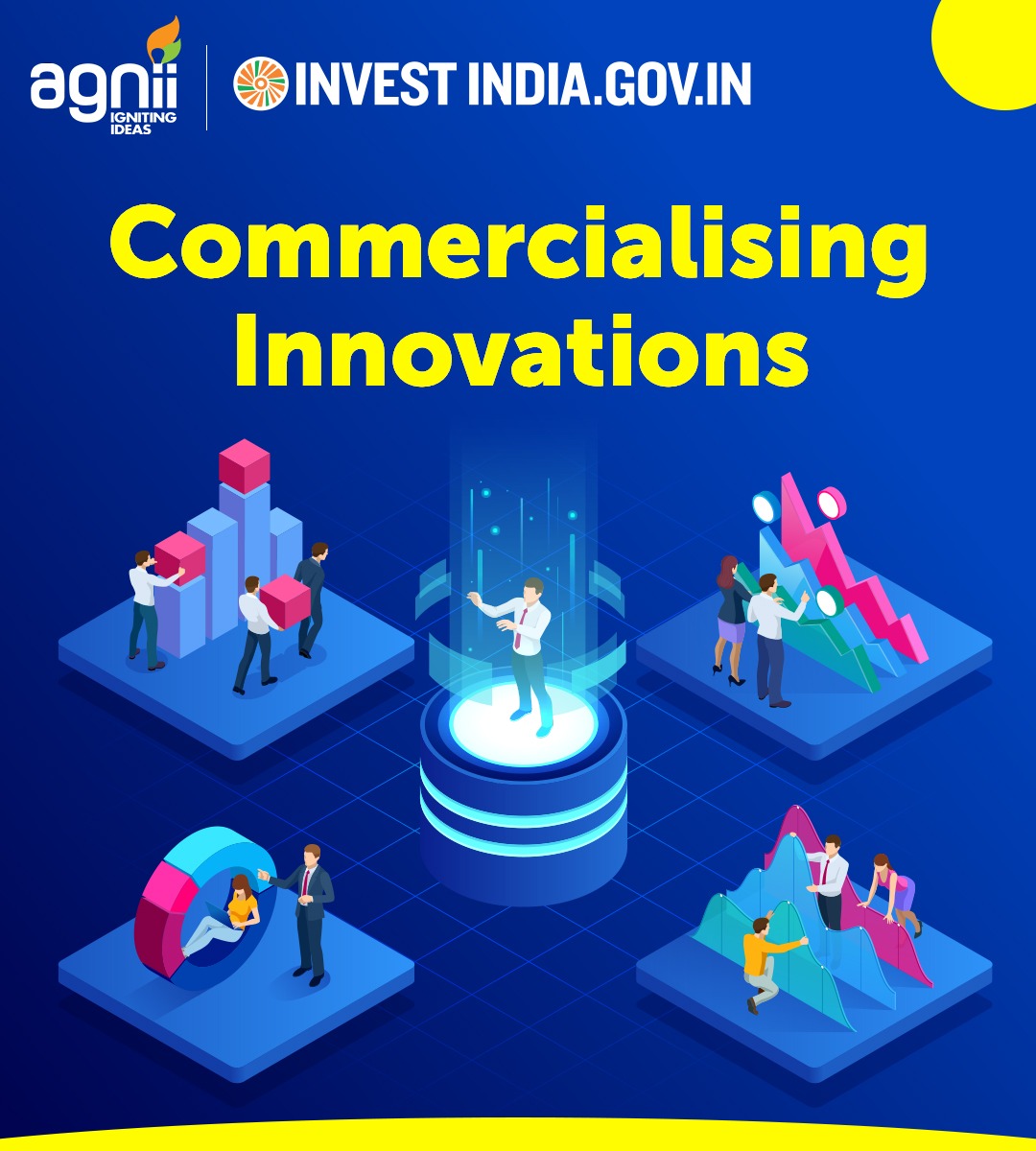There exists a considerable gap between promising ideas for solving pressing societal problems and transforming the ideas into viable innovations. There is also another gap between creating the innovation and ensuring its deployment & commercialisation. The second gap is what the AGNIi Mission is dedicated to tackling, as we work with innovators to combat specific challenges they are facing in commercializing and scaling their technologies.

The scaling and sustainability of new innovations depends heavily on the ability and willingness of stakeholders in the ecosystem to adopt the technology in question. And broadly speaking, stakeholders have two primary motivations for adopting an innovation and taking a chance with it: economic advancement, or social impact.
These two driving motivators are not necessarily mutually exclusive. It is entirely possible for a technology to be immensely profitable as well as serve the society. However, stakeholders often hesitate to take risks with innovations due to the gap between these factors.
Aversion to economic risk is easily the most obvious obstacle standing in the way of innovations being commercialized. It is incredibly common for innovators to struggle with funding to keep their operation viable, or to face difficulties in scaling production due to financial reasons. Proving the financial value of an innovative technology is a major priority for most stakeholders, especially in an enterprise. This results in the commercialisation of technologies to be a significantly more drawn-out and uncertain process, with there being many stages of evaluations, pilots and iterations before the technology is fully launched into the market.
There are several ways that a human development-centric approach can bypass the hurdles the economic approach creates. In the absence of a profit motive, stakeholders such as non-profits and Govt agencies may be more willing to shoulder the financial risk of supporting innovations. Indeed, there are several schemes and initiatives that are designed with the specific purpose of minimizing the risk that the innovators must shoulder. Furthermore, partnerships between enterprises and Govt/non-profit stakeholders are common, as it becomes much easier for enterprises to buy into supporting innovations when they are not shouldering all the risk.
On the flipside, the human development approach can pose its own obstacles to the adoption of innovations. The most prominent one being regulatory hurdles, as innovators must put in a lot of time and effort into ensuring their technologies can be properly validated before being eligible for commercialization.
The AGNIi Mission is dedicated to ensuring that innovators get the support they need while navigating these numerous challenges. Clearly, there is no one-size-fits-all solution, and the nuances of every engagement must be considered. Nonetheless, through our model of organizing innovation challenges that invite innovators to apply and offer exciting incentives, as well as handholding innovators and stakeholders case-by-case, we have made a lot of impact in the innovation ecosystem.
One example is the use of drone technology for pesticide spraying, which aims to improve farmers’ health and incomes in Madhya Pradesh. Another example is the deployment of solar-powered animal detection systems that have strikingly reduced human-wildlife conflict in Uttarakhand.
By navigating the economic and human development barriers to commercialization, AGNIi remains committed to facilitating increased opportunities for the innovators of India.



